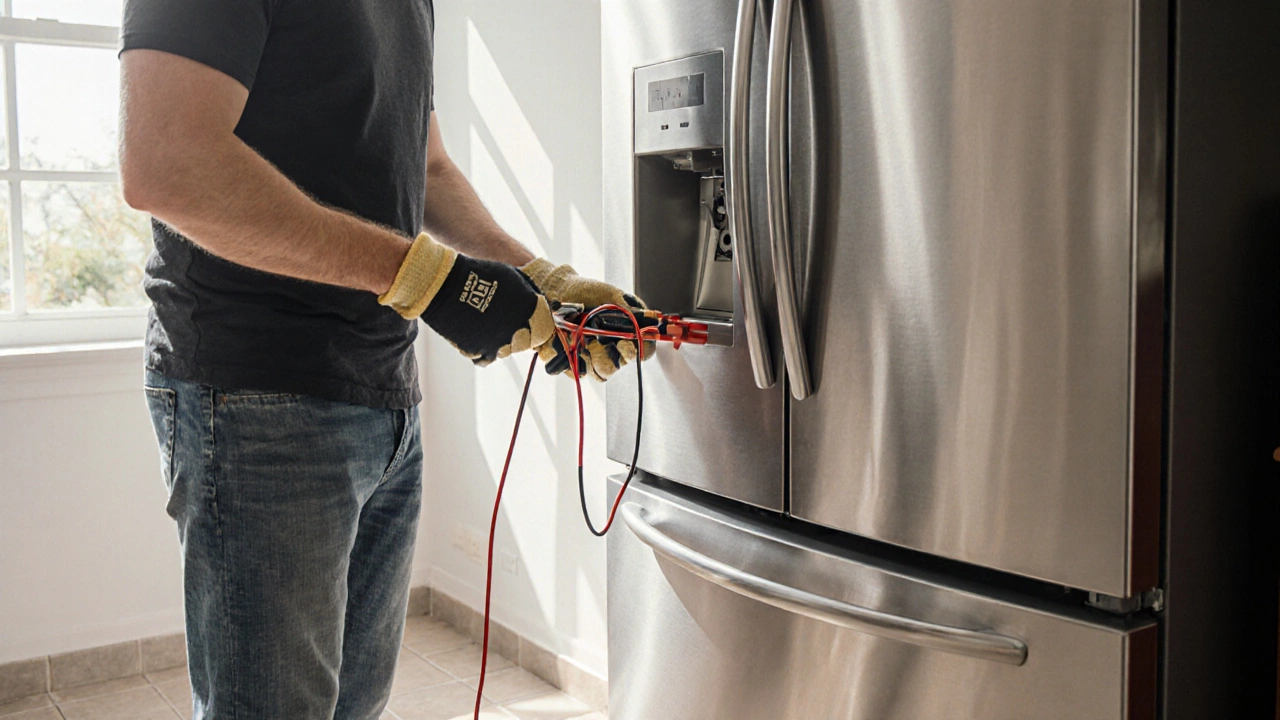- 20 Nov 2025
- Gideon Thornton
- 0
What Usually Fails in a Fridge? Common Problems and How to Spot Them Early
Fridges usually fail because of worn door seals, dirty coils, or clogged drains. Learn the top 5 common problems and how to spot them before your food spoils or your bill spikes.


